What is postmodernism? When, where and how did postmodernism movement arise? Here are postmodernism definition, characteristics and examples…
Contents
What is Postmodernism?
Postmodernism Definition:
The prefix “post” means after. Postmodernism, simply means trying to overcome the problems that continue after modernism or that arise from modernism. Postmodernism, which started to be effective in the second half of the 20th century; it is a movement in which modernity is questioned in fields such as architecture, painting, philosophy and literature.

Although there are many different definitions for this concept in the literature (social, artistic, critical, etc.), there is no definite opinion that the circles have reached a consensus. This situation has given complex meanings to postmodernism and the concept has become ambiguous. According to our research, the simplest and most concise postmodernism definition; As expressed by Dilek Doltaş in her work “Postmodernism and Its Criticism, Discussions/Applications” in 2003:
Postmodernism: It is the most important method of criticism that questions the norms of Western modernism and its related enlightenment and humanism projects that serve the purpose of political power and interest, solves its mentality, sheds light on its contradictions, distorted and self-oriented norms and approaches, starting from the 1970s until today. (p.190)”
Dilek Doltaş, 2003

Note: You can read our article on Postmodern Architecture to learn about the reflections of postmodernism in architecture.
Before answering the question ‘What is postmodernism and what are its characteristics’, it is necessary to examine modernism, which is an idea and art movement that prevailed in the 18th and 19th centuries. Modernism is a movement developed on the concept of “modern”, which comes from the Latin word “modernus”, meaning new and current.
Note: We recommend you to read our article titled ‘What is Modernism‘ to learn more about Modernism.
When, Where and How did Postmodernism Movement Arise?
We first come across the word postmodernism in the 1940s, when the influence of modernism began to weaken. The postmodernism term, which started to be used in literary criticism in the 1950s with the Second World War, has become even more popular with its effect on the architectural works of the 1960s. However, its transition to literature was when British historian Arnold Joseph Toynbee used the word postmodernism in his work in 1974. Arnold Joseph Toynbee describes the post-World War II era of the West as “postmodern”.
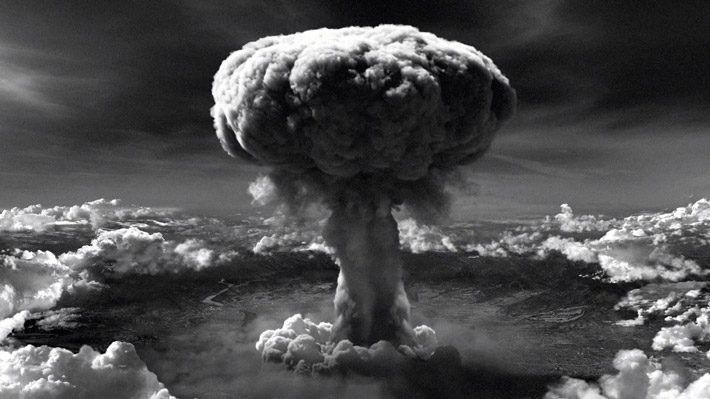
Postmodernism has generally been shaped against the problems that have emerged with the evolution of modernism over time and that disturb the masses. The postmodernism movement, which is based on a critical approach to the problems created by modernism, continued its influence for a period. These problems that emerged in the last days of modernism are briefly as follows;
- The economic and political models shaped around humanism, which is the basis of modernism, have begun to be questioned.
- A rapid change has begun in the direction of globalization and being a consumer society,
- His perspective on the concept of human rights and democracy has suffered greatly,
- Technological development and growing industry began to oppress people in the wheels of the capitalist system,
- Developing economies have brought power wars with them. Economies focused on the production of weapons and a process resulted in nuclear armament.
- As a result of uncontrolled industrialization, people started to harm nature with their own hands and this negatively affected natural life,
- Capitalist capital pushed people into the monotonous system, leading to a kind of modern slavery system,
- Individual freedoms are damaged and people are isolated in crowds,
- In the light of all these facts, people have started to experience insecurity and identity problems.
With the effect of the above basic problems and the Second World War, which caused great destruction, people are now in search of new ones. The current system has begun to be questioned and the opposition to the highly rational approach of modernism, which is expressed as human-oriented(!), has spread rapidly. The Algerian War of Independence and the 1968 Paris events are among the other historical events that accelerated postmodernism.
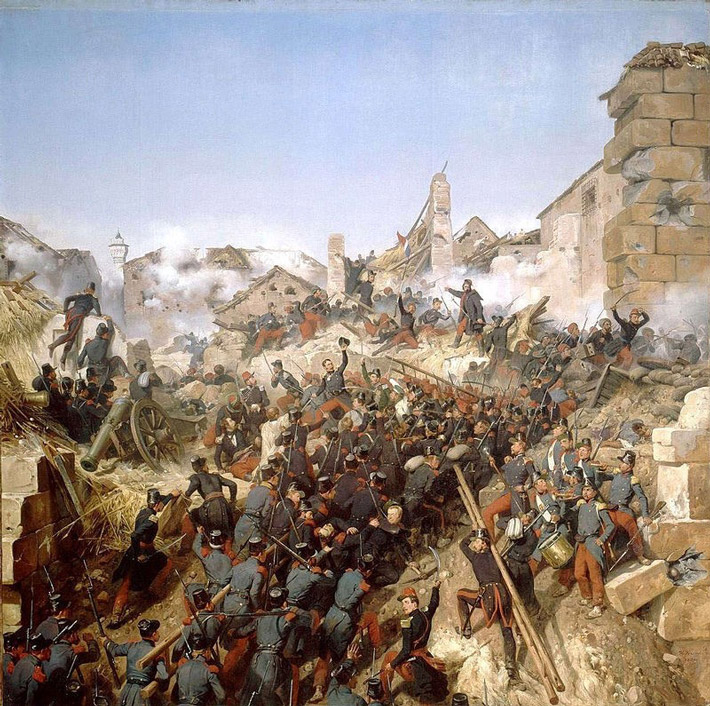
The Algerian occupation process, which started in 1827 by France, was moved to another dimension with the people’s uprising declaration on November 1, 1954. Despite all the pressures of France, Algeria declared its independence on 1 July 1962. The protests against the Vietnam War at Berkeley University in September 1964 and the French student riots of 1968 were a continuation of the process. We can state that all these cyclical political effects are the building blocks in the emergence of the postmodernist movement.
What are the Postmodernism Characteristics?
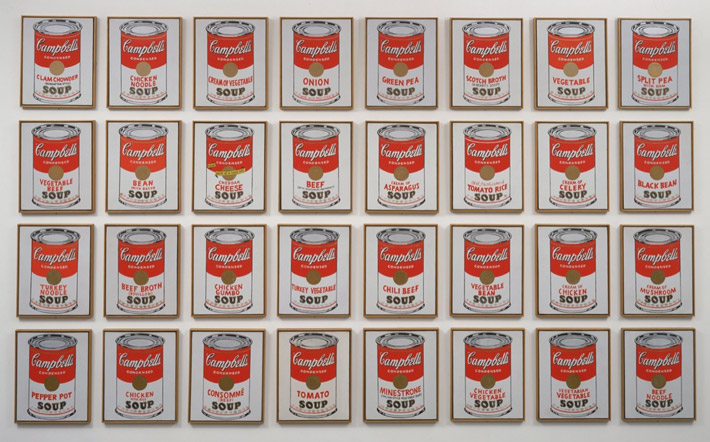
The main postmodernism characteristics can be listed as follows;
- Postmodernism; it is against all concepts such as rationalism, capitalism, positivism, liberalism,
- It is inquisitive about modernism and the values it creates,
- Eclecticism prevails. Synthesis gives way to fragmentation, and these parts cannot be integrated; but can be attached to each other,
- All kinds of pluralism are preferred instead of universal universal unity,
- The understanding of national and universal culture is rejected,
- There is a view against all authorities and normativeism. Instead of the concept that there is only one truth and meaning, multiple truths and meanings are emphasized,
- In general, a destructive and rejecting attitude prevails against the rules and orders in all areas of society,
- By questioning traditional concepts and perspectives, an ironic attitude and sarcasm are displayed,
- Opposites are used together; past – present, traditional – modern, right – left, etc.
- A more positive attitude towards the concept of religion is displayed,
- Extreme relativism prevails,
- Images are preferred over reality,
- Against the opposition of right and wrong, there is the point of view that everything is right or everything is wrong,
- It is desired that the past be kept alive with its own realities,
- It is essential not to break the ties between the past and the present,
- Postmodernism influence was felt in many different fields such as history, law, literature, biology, geography, fine arts, medicine, politics, philosophy and architecture.
Postmodernism Examples and Representatives
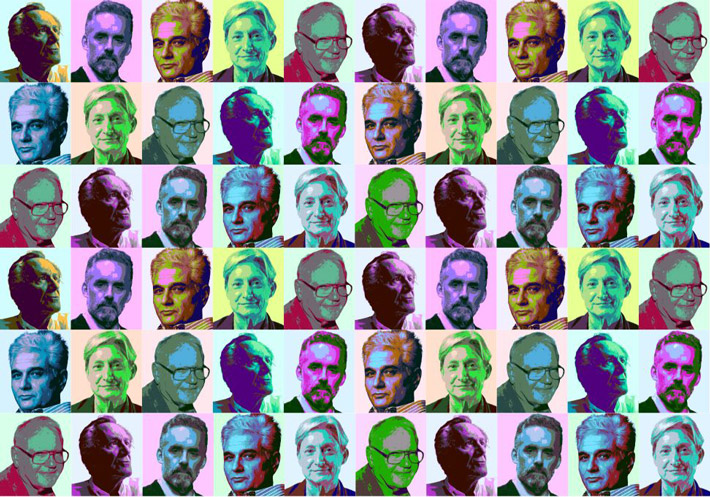
In the postmodern period,, it is seen that artists generally try to get rid of the restrictive and normative point of view brought by modernism. With this period, works with more intuition, emotion, creativity, fantasy and imagination emerged. Although a large share in the development of postmodernism is usually given to the French, it is thought that German philosophers inspired postmodernism. Specifically, “Progress is only a modern idea, but a false one.” Philosophers such as Nietzsche, Heidegger and Soren Kierkegaard have contributed greatly to the emergence of the philosophy of postmodernism.
As we mentioned above, there are many important representatives of postmodernism, which appears in many different fields. Some of the important postmodernism examples and representatives we have chosen for you are:
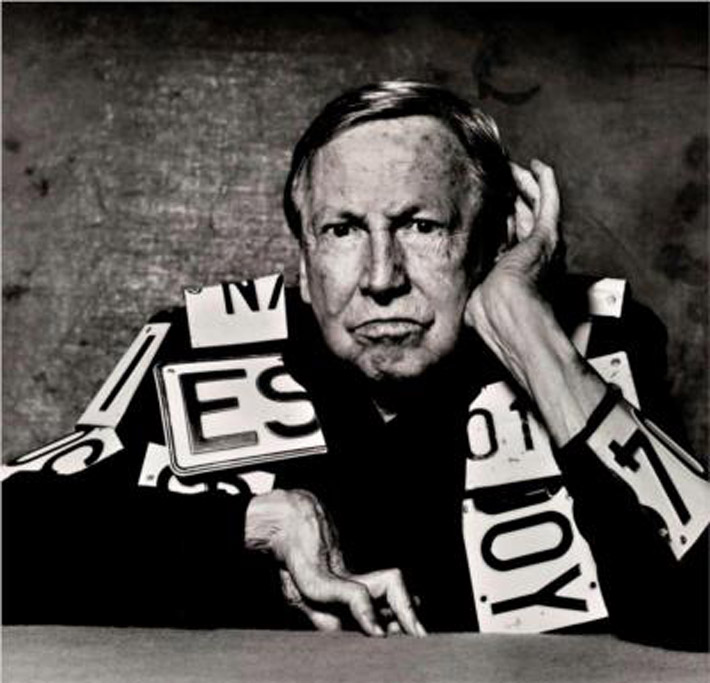
Painter: Robert Rauschenberg (1925 – 2008)

Painter: Gerhard Richter (1932 – )

Painter: Chris Ofili (1968 – )
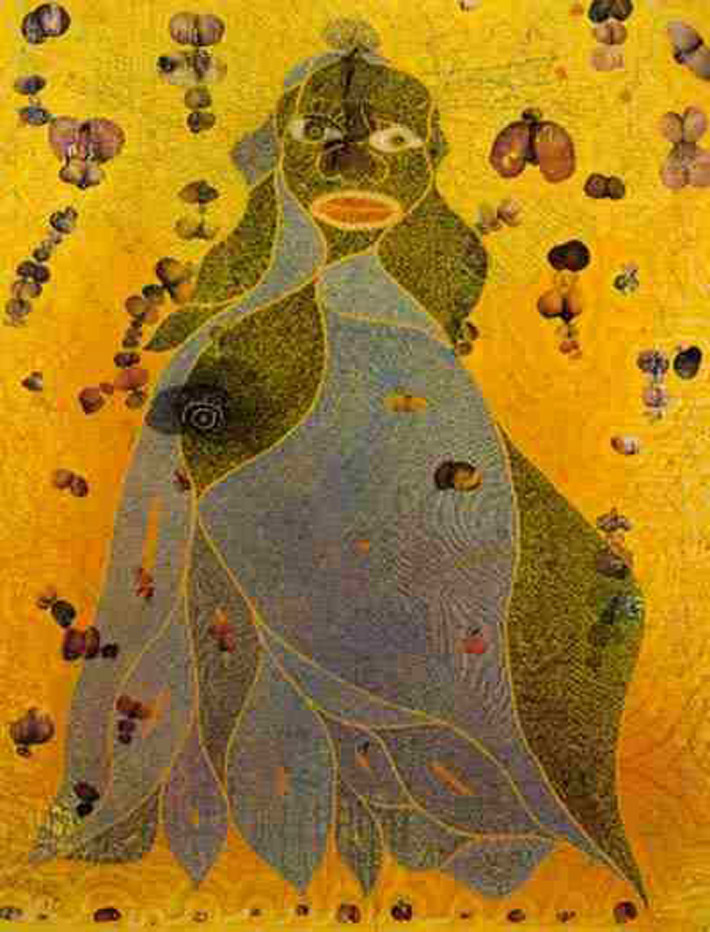
Writer: Umberto Eco (1932 – 2016)
Writer: Italo Calvino (1923 – 1985)
Writer: Paul Auster (1947 – )
Writer: Salman Rushdie (1947 – )
Poet: Allen Ginsberg (1926 – 1997)
Poet: Paul Hoover (1946 – )
Poet: Susan Howe (1937 – )
Architect: Michael Graves (1934 – 2015)
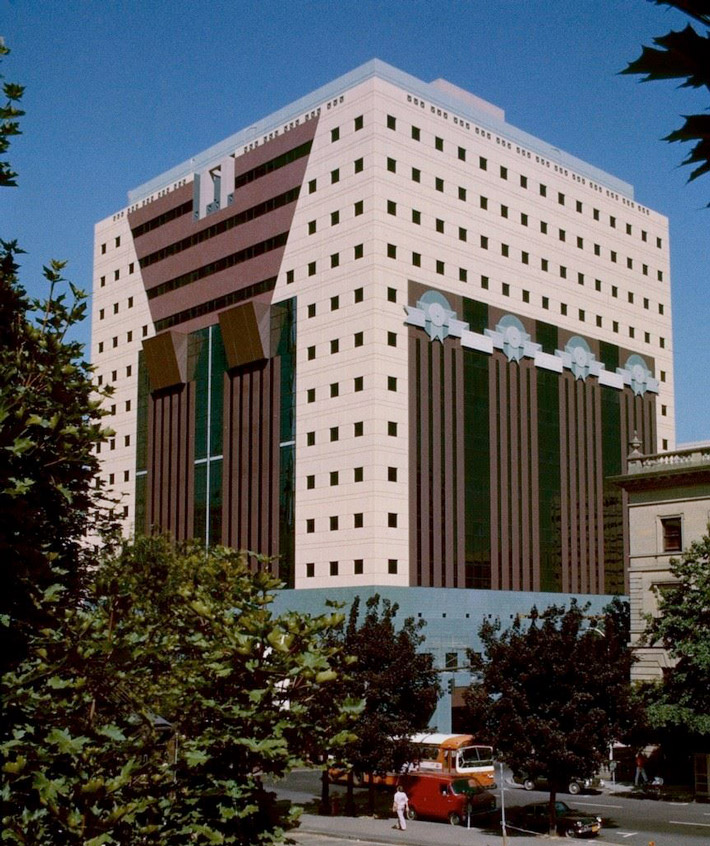
(The Most Important Postmodern Building of the Period)
Architect: James Stirling (1926 – 1992)
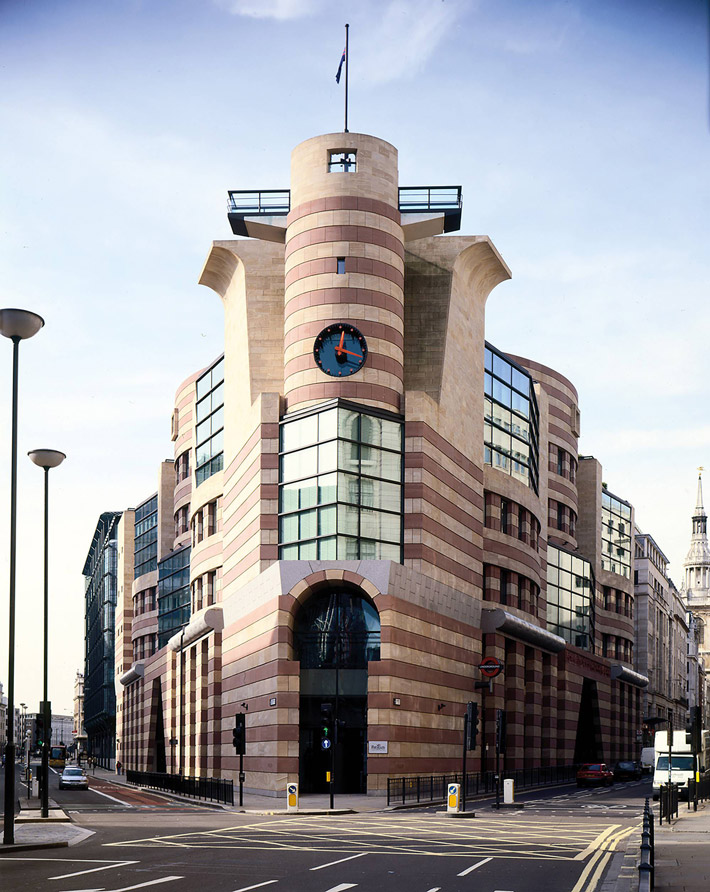
Architect: Robert Venturi (1925 – 2018)

In this article, we tried to briefly answer the questions of ‘What is postmodernism definition‘ and ‘What are postmodernism characteristics‘. For more information on two successive currents of the 19th and 20th centuries, you can review our article “Modernism vs Postmodernism” and our article “What is Modernism“. Also, don’t forget to read our article on “Postmodern Architecture” to better understand the impact of postmodernism on architecture.
You can visit our homepage for inspiration on different subjects related to interior design & architecture. 🙂



